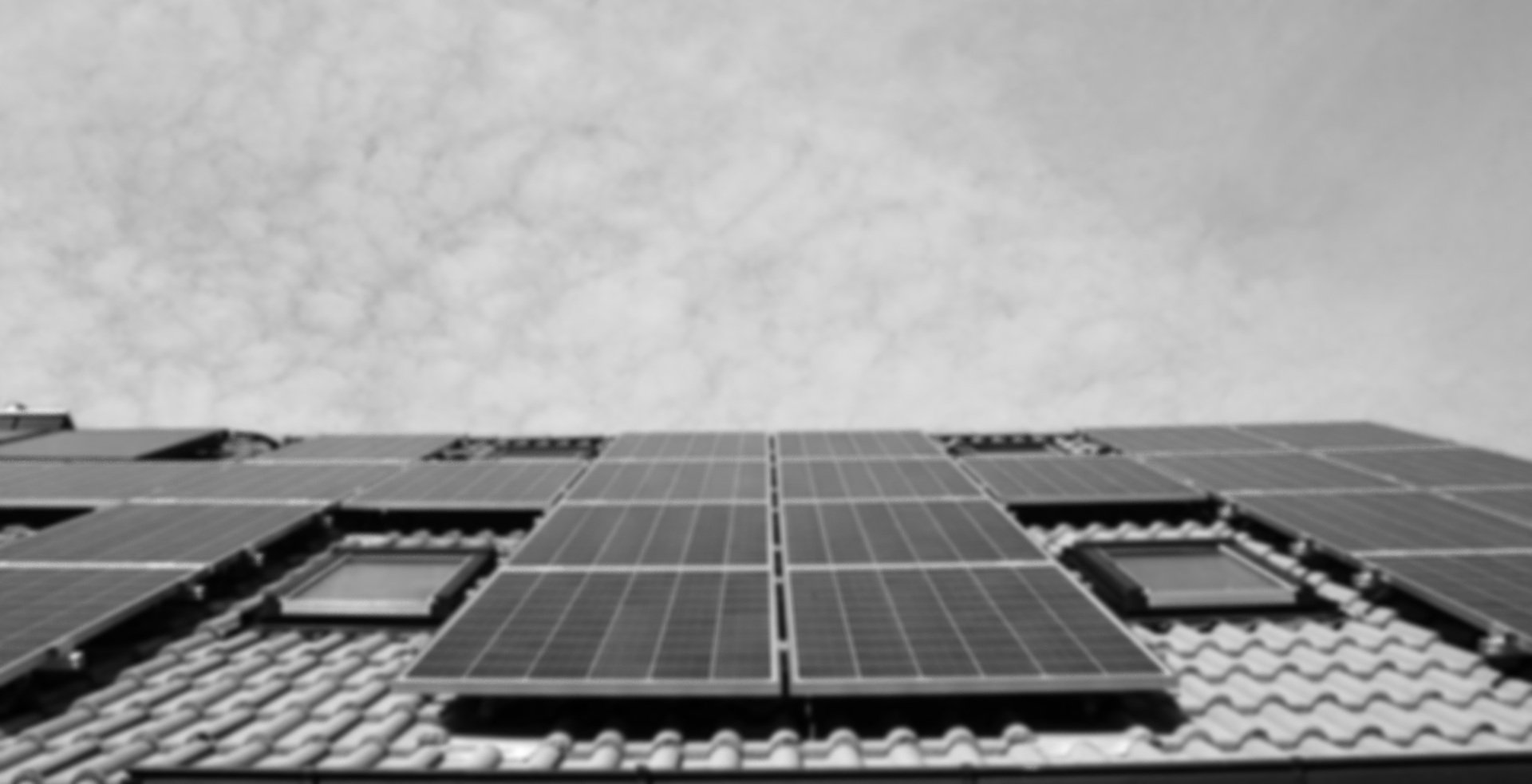
RARE Design Challenge
Behavior-Centered Design | Plan Creation and Presentation | Primary and Secondary Research
The Problem
Advancements in technology and tax credit policy have reduced the cost of residential solar by over 70% since 2010. This should have encouraged more households to adopt solar. However, only 1.2% of US households had solar power in 2018.
RARE, a climate and sustainability focused behavior change organization, partnered with Behavioral Science Master’s students to create solar adoption initiatives that will encourage employees of Fortune 500 companies to shift their behavior and adopt solar in their homes.
The Solution
We followed a behavioral centered design process to create a behaviorally-informed solar adoption solution. The steps of the process we took are highlighted below.
Our solution involved “Green teams”, a launch event, exclusive contracting, and interest-free loans. We pitched this solution to a panel of executives at RARE.
RARE Behavior-Centered Design Process
We followed the following steps in our journey to create a solar adoption initiative solution:
1) Frame: Identifying the actors/behaviors present in this challenge.
2) Empathize: Collecting data about our target audience/behaviors. We did this by collecting primary research (phone interviews, Survey data collection of homeowners across the US) and secondary research (journal articles/online research).
3) Map: Drawing links between our observations and our behavioral insights.
4) Ideate: Brainstorming and coming up with key intervention ideas.
5) Prototype: Creating a small scale version of your solution.
Our Insights
Based on our research, we came up with a few core insights that fueled the solution we came up with.
1) People don’t get solar panels because they believe they are too expensive, with initial costs that are too high and ROI that isn’t there.
2) People value sustainable behavior and like to think of themselves as being sustainable. However, they often engage in low-impact behaviors such as recycling, rather than high-impact behaviors such as installing solar.
3) People are affected by the behavior of others around them.
Our Solution
To address costs, we chose to introduce lower lower installation costs through exclusive contracting with a solar installation company, and interest-free loans for solar installation, provided by the company.
We also created Green teams, that employees can opt into and have the opportunity to earn points for various green behaviors (including installing solar). They can later cash in those points for various rewards and benefits provided by the company. These teams are a way to create social interdependence among employees. There will be email newsletters sent out every week, highlighting how many points (which we have called Trees) each team has. This will create a strong social norm around environmental and solar behaviors throughout the company.
There will be a solar launch event, to showcase and kickoff the company’s commitment to solar. This event will highlight the powerful impact of solar, in a concrete way. This will be done through public praise by those who already have solar installed (providing social proof), and a visual representation of water bottles and how recycling amounts to a much smaller environmental impact than solar installation.
Finally, we recognize people need to feel a sense of urgency to install solar panels, so all of these benefits will only be available to employees for a 90-day solar benefits quarter.
Some Visuals
Experience Map
Email Newsletter Visual Representation
katzdor@sas.upenn.edu
+ 1 (646)-508-3519


